The Epoch Times had an opportunity to speak with the founder and commissioner of the league, Stacey Moore, media director Trey Ryder, and players Frank Modlin and Cody Henderson about the origins of the league, the rules of the game, and future of the sport.
Moore, Ryder, Modlin, and Henderson all began playing recreationally years ago at camp grounds, tailgating events, and amateur tournaments. Moore had been featuring a variety of games for sponsors at tailgates for his content brand Inside Tailgating when he started seeing the competitive nature of cornhole players.
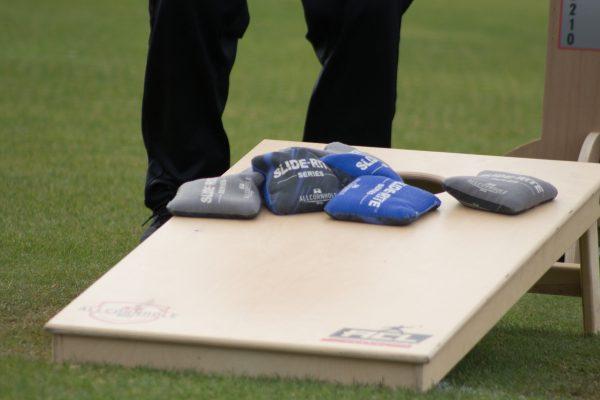
“After about two years of watching that and starting to form some tournaments just around cornhole, I just became convinced that this is actually a legitimate sport,” Moore told The Epoch Times.
Rules of the Game
For those who have not played before, the rules are relatively straight forward. Two two-foot by four-foot boards with six-inch diameter holes nine inches from the back of the board are placed 27 feet apart. The game can be played both in singles and doubles format. In singles format, players throw four bean bags toward the holes on the boards, alternating tosses before switching sides. In doubles play, partners stand across from each other and throw the bags.Every bag that lands on the board is one point and every bag that makes it through the hole is three points. Cancellation scoring is in effect, meaning the net score is taken into account. Players repeat the game until one player reaches 21 or more points.
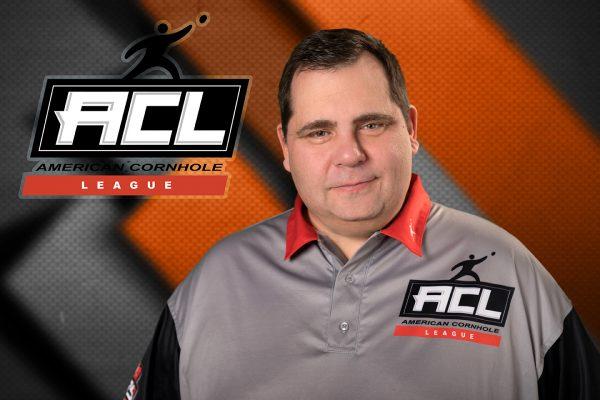
The American Cornhole League features a season-long point series called the 2019 Johnsonville Cornhole Championships, and the players with the most points at the end of the season win. There are five main divisions including backyard, social, competitive, advanced, and pro. In the pro division, there are $250,000 for the taking throughout the season.
The Pro Level
The professional doubles division is played using a blind draw format, meaning players are paired at random. This division is also broadcast on ESPN, and has been aired over 50 times. At the professional tier, the competition can become intense.“It’s become such a competitive sport, and what Stacey and the guys at the ACL have done, it’s taken the sport to a whole other level,” Modlin, who is the number nine player in the country, explained. “It'll get the butterflies going also.”
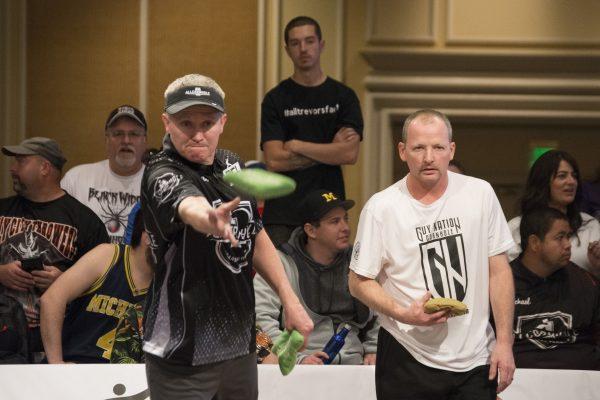
With the huge influx of players, the competition has reached record levels. Because of the cancellation scoring, games can last four hours. For instance, if both teams score 12 points in one round, neither team gets any points going into the next round of the game. Theoretically, the game can last forever.
Strategy
At the professional level, there are so many different styles of play that force players to adapt. For instance, the concept of defense has grown in the sport. A player may land a bag in front of the hole to block their opponent’s shot.Other players are good at pushing bags in or sliding bags around other bags. Players also have to try anticipate what their opponent may do next, and are thinking two or three tosses ahead.
“I really think one thing people underestimate about the game is the amount strategy that’s involved. The introduction of really in-depth strategy has really revolutionized the game,” Ryder said.

Modlin and Henderson have had their fair share of memorable victories and defeats. Last year at the Coney Island Invitational, Modlin and his partner Eric Anderson formulated a strategy where Modin went toe to toe with one opponent while Anderson focused on offense, ultimately winning the tournament.
Losing is also part of the game as well. Modlin and his partner made it to a championship game, and lost to a team from a close geographical area.
“You don’t get many opportunities to be able to get to the main stage, and when you get there you definitely want to capitalize on it. And to come up just a little short, it’s disheartening,” Modlin explained.
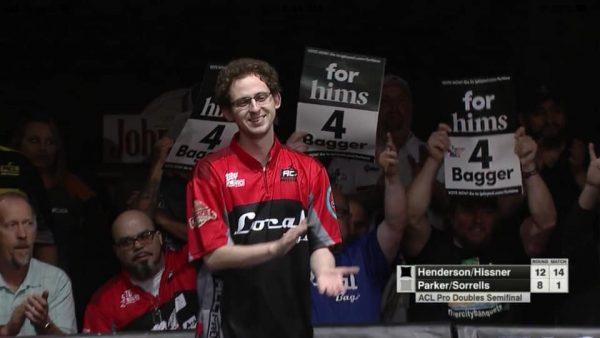
Henderson also lost a close head to head singles match against one of the best players in the country that lasted an hour and a half with a final score of 21-20.
“That was very very memorable because it wasn’t where I lost the game. It was just he won the game. We both played so well down the stretch, even to the last point there was nothing to really be had for probably 25 minutes, and then finally he was able to work a point out of me,” Henderson recalled.
Moreover, the game can change quickly. There was another instance where Modlin and his partner came back from an 18 point deficit to win the game 21-18.
The sport continues to grow on the professional level, and the participants hope to take the game to the Olympic level in the years to come. The sport is also inclusive, and doesn’t require a particular body type, athletic makeup, or background.
“Anyone can play. Anyone can win,” reads the league’s slogan.

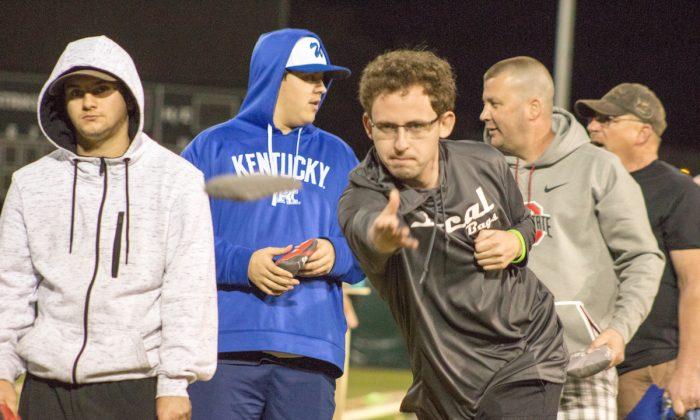
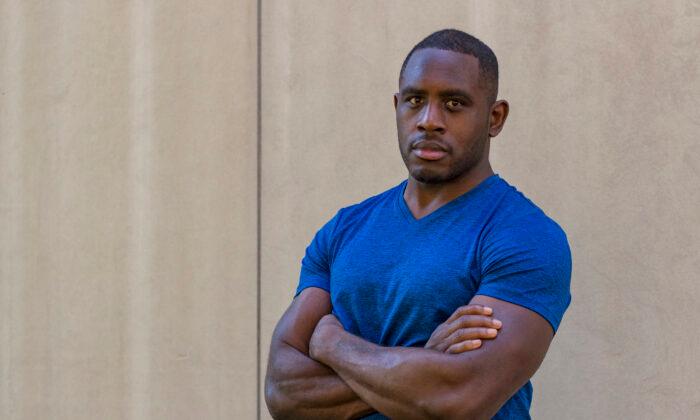

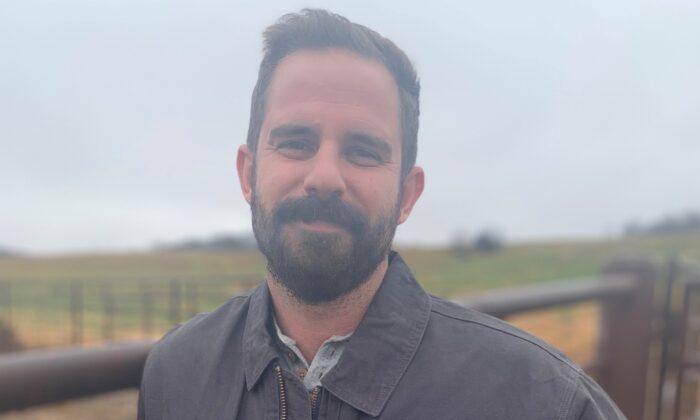
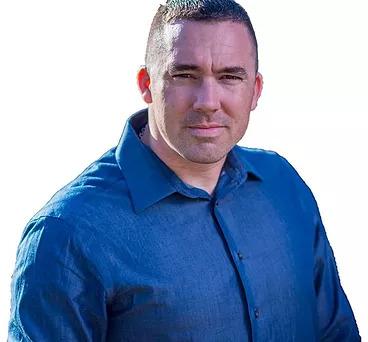
Friends Read Free